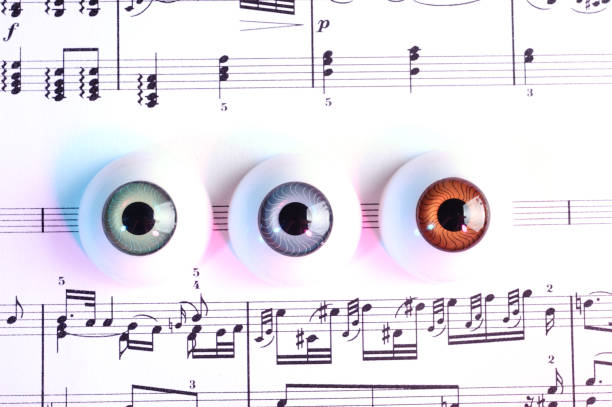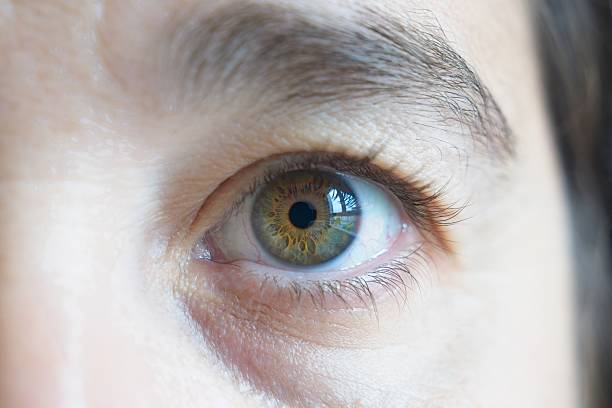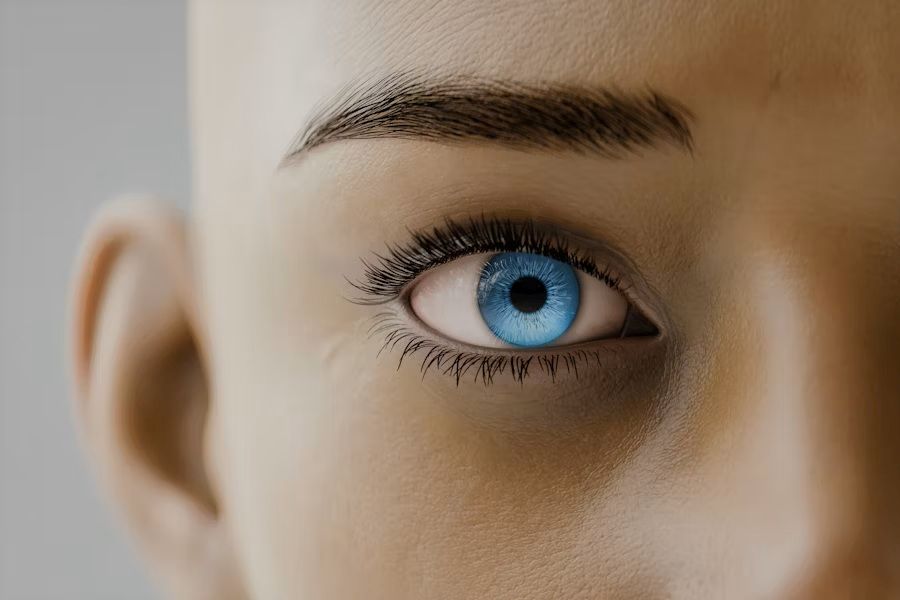Kärrysi on tyhjä
The Music of Your Iris: Turning Eye Patterns into Sound

What if the windows to your soul could sing?
Introduction
Imagine a world where the intricate patterns of your eyes are transformed into a unique melody. Your iris, with its complex textures and colors, holds a symphony waiting to be heard. This innovative concept of converting iris patterns into music bridges the gap between visual and auditory art, offering a new dimension to personal expression.
The Uniqueness of Iris Patterns
Just like fingerprints, no two irises are the same. The iris is a tapestry of fibers, folds, and pigments, each contributing to a distinct visual signature. These patterns are not only fascinating to observe but also rich in data that can be translated into another form—sound.
A Personal Landscape
-
Individualized Structures: The structures within the iris develop randomly, making each person's eyes unique.
-
Patterns and Textures: From radial furrows to crypts, the variety of features provides a complex dataset.
-
Color Variations: The hues of the iris add another layer, influencing the mood and tone when converted to music.
From Visual Data to Auditory Art
The idea of mapping visual elements to sound isn't new, but applying it to the human iris takes it to a deeply personal level. By converting the intricate details of the eye into musical notes, we create a direct link between our biological identity and artistic expression.
The Science Behind the Transformation
-
Data Extraction: High-resolution imaging captures the detailed patterns of the iris.
-
Algorithmic Mapping: Software analyzes the visual data, assigning musical parameters to specific features.
-
Sound Synthesis: The mapped data is converted into sound waves, producing a melody unique to the individual.
This fusion of technology and art enables us to 'hear' what was once only seen.
Mapping Iris Patterns to Musical Notes
Turning an iris into a melody involves several key steps:
1. Capturing the Image: A detailed photograph of the eye is taken, emphasizing clarity and resolution. 2. Feature Identification: Software identifies unique patterns, such as rings, spots, and furrows. 3. Assigning Musical Elements: Each identified feature corresponds to a musical note, instrument, or rhythm. 4. Composing the Melody: The sequence and combination of features determine the melody's flow and harmony. 5. Refinement: Adjustments are made to enhance musicality while maintaining a true representation of the iris data.
The result is a composition that is as unique as its source—the individual's eye.
Creating Your Personal Melody
Imagine listening to a piece of music that's intrinsically linked to you. This personalized melody can serve various purposes:
Personal Expression
-
Artistic Identity: Use your iris melody as a theme in personal projects or introductions.
-
Emotional Connection: The music can evoke feelings tied to self-awareness and individuality.
Gifts and Keepsakes
-
Unique Presents: Offer a loved one the gift of their own iris melody.
-
Memorable Moments: Mark special occasions with a musical piece that's personally significant.
The Intersection of Visual and Audio Art
By converting eye patterns into sound, we explore the boundaries of synesthetic experiences, where one sense is simultaneously perceived by another.
Artistic Collaborations
-
Multi-Sensory Installations: Artists can create exhibits where visuals and sound converge, immersing audiences in a unified sensory experience.
-
Interactive Art: Visitors could see their iris patterns transformed into music in real-time, engaging directly with the artwork.
Expanding Creative Horizons
-
Cross-Disciplinary Projects: Musicians and visual artists can collaborate, using iris melodies as inspiration for broader compositions.
-
Educational Programs: Schools and institutions might incorporate this technology to teach concepts in both art and science.
Applications and Future Possibilities
The potential of translating iris patterns into music extends beyond personal use, opening doors to innovative applications.
Therapeutic Uses
-
Music Therapy: Personalized melodies could be used to promote relaxation and mental well-being.
-
Emotional Processing: Hearing one's own iris music might aid in introspection and emotional healing.
Technological Innovations
-
Biometric Security: Incorporating musical elements into security systems adds a creative layer to authentication processes.
-
Customized Soundscapes: Public spaces could generate ambient music based on the irises of visitors, making environments dynamically responsive.
Cultural Impact
-
Preservation of Identity: Communities could archive iris melodies as cultural artifacts.
-
Global Projects: Collaborative efforts might compile iris music from around the world, celebrating diversity through art.
Conclusion
The melding of iris patterns and music exemplifies the endless possibilities at the crossroads of art and technology. This innovative approach not only showcases the uniqueness of each individual but also invites us to explore new forms of expression.
Your eyes hold a melody that is solely yours—are you ready to hear it?
Dive into the symphony within and discover the music of your iris.
Jätä kommentti
Kommentit hyväksytään ennen ilmestymistä.




